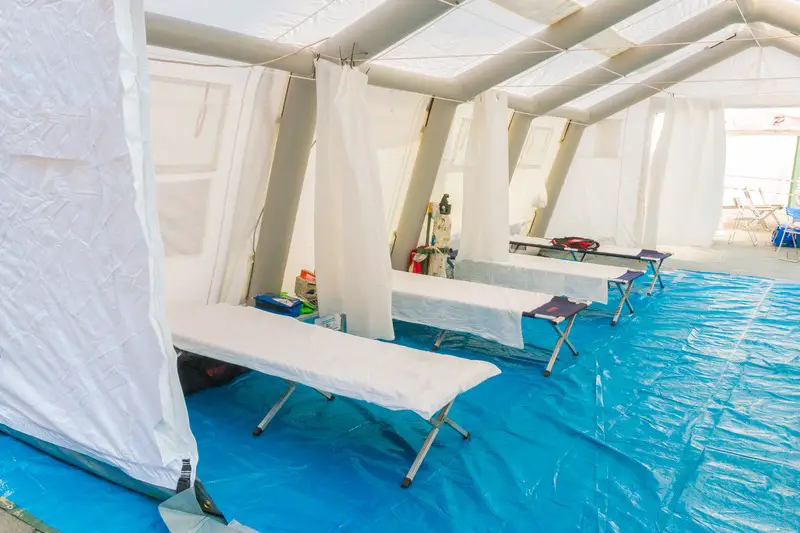Thousands in tropical climates are grappling with the most severe dengue outbreak on record, a situation expected to worsen due to the El Niño climate phenomenon.
Transmitted by the Aedes aegypti mosquito, dengue fever is a tropical ailment that may result in symptoms such as headache, high fever, vomiting, aches in muscles and joints, and, in extreme instances, it can be fatal.
Over 130,000 instances have been documented, and a death toll exceeding 200 has been reported by Peru’s health ministry.
The cyclical warming of oceans and subsequent shifts in weather patterns, known as El Niño, has been identified by health authorities in Peru as a contributing factor to the rise in dengue cases.
El Niño stimulates tropical cyclones in the Pacific, thereby increasing rainfall and the risk of flooding in the region. The excess rainfall leads to pools of stagnant water in urban areas, creating ideal conditions for mosquitoes to breed.
To counteract the outbreak, Peruvian authorities have enforced restrictions on the storage of stagnant water in open containers as this encourages mosquito reproduction. Health Minister Rosa Gutierrez stressed the critical nature of the situation, calling on citizens to assist in the eradication of mosquito breeding grounds to curtail the spread of the disease.
On June 8, the presence of El Niño was confirmed by the US National Oceanic and Atmospheric Administration (NOAA) following three years dominated by the cooler La Niña weather pattern. With the last significant El Niño in 2016 coinciding with the highest global temperatures on record, scientists have voiced their apprehension about the current year.
Peruvian President Dina Boluarte has declared a “state of emergency” for two months in 18 out of the country’s 24 regions due to the impending threat of severe rainfall. This declaration enables the necessary official action to effectively tackle the situation.
Health Minister Gutiérrez pointed out that the current tally of cases and fatalities is the greatest since 2017, a year that saw 68,290 cases and 89 deaths in Peru. This calls for a collaborative effort to fight dengue and minimize the effects of conditions triggered by El Niño.











